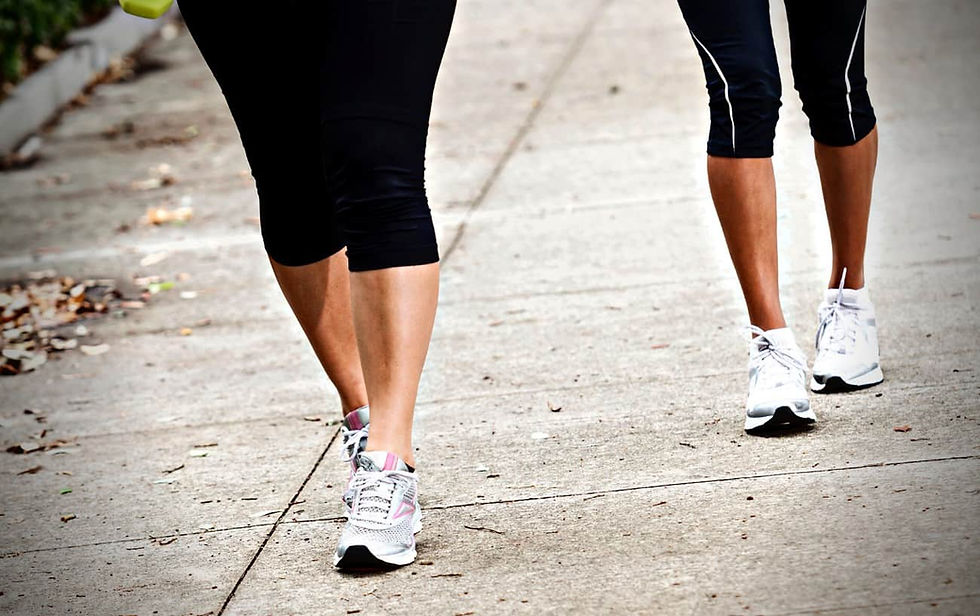Harare, Zimbabwe’s capital and largest city, is a vibrant metropolis where the movement of millions of residents depends on a variety of transportation options. Navigating through Harare presents a unique experience shaped by the city's infrastructure, economic conditions, and the blend of both formal and informal transport systems.
From the bustling central business district to the quieter suburbs, different modes of transportation serve various needs, from daily commuting to running errands. In this article, we explore the six most common forms of transport in Harare, offering insight into how the city's residents get around and where you are most likely to find these transportation options.
Whether you're a local resident or a visitor, understanding Harare’s transportation landscape is crucial for moving efficiently within the city. The mix of traditional public transport services, informal options, and the growing use of private vehicles makes getting around Harare both diverse and challenging. Each mode of transport has its own set of advantages and drawbacks, depending on factors like cost, convenience, and safety. Here’s a detailed look at these transport options and the key locations where they are most prevalent.
1. Kombis (Commuter Minibuses)
Location: Central Business District (CBD), Mbare Bus Terminus, and major suburban roads like Chitungwiza Road. Kombis are ubiquitous in Harare, providing one of the cheapest and most accessible transport options. They operate on fixed routes but are often overcrowded, making them a common choice despite their informal and sometimes unreliable nature.
2. ZUPCO Buses

Location: Main bus depots such as Mbare and Market Square, major roadways like Seke Road and Samora Machel Avenue. ZUPCO buses offer a formal public transport option, particularly for commuters who prefer government-regulated services. These buses have dedicated stops and are part of efforts to improve Harare’s urban transport.
3. Mushikashika (Private Taxis)

Location: Roadside pick-up points, popular around areas like Copacabana and Fourth Street Terminus. Mushikashika are private, often unregistered vehicles that operate informally as taxis. These pirate taxis are a go-to for many Harare residents seeking faster, more flexible options, though they contribute to congestion and safety issues.
4. Private Cars

Location: Common throughout the city, especially in affluent suburbs like Borrowdale, Mount Pleasant, and city center car parks. With increasing numbers of imported second-hand cars, particularly from Japan, private vehicles are a significant part of Harare’s traffic landscape. Car ownership is growing, and while it offers convenience, it exacerbates traffic jams and pollution.
5. Motorbikes

Location: Suburban areas and areas prone to congestion like Avondale and Belvedere. Motorbikes are becoming more popular, especially for those looking to avoid traffic gridlock. They are affordable, easy to maneuver, and increasingly seen as an alternative to traditional cars and public transport.
6. Walking

Location: CBD pedestrian walkways, shopping districts like Sam Levy’s Village, and high-density areas such as Epworth and Mabvuku. Walking remains a common mode of transport, especially for short distances. Many people in Harare walk due to unreliable public transport options or simply to avoid traffic.
Harare's transport scene is a reflection of the city's dynamic and rapidly changing urban environment. Whether through formal or informal means, residents navigate daily challenges, relying on a mix of old and new solutions to move around the city.
